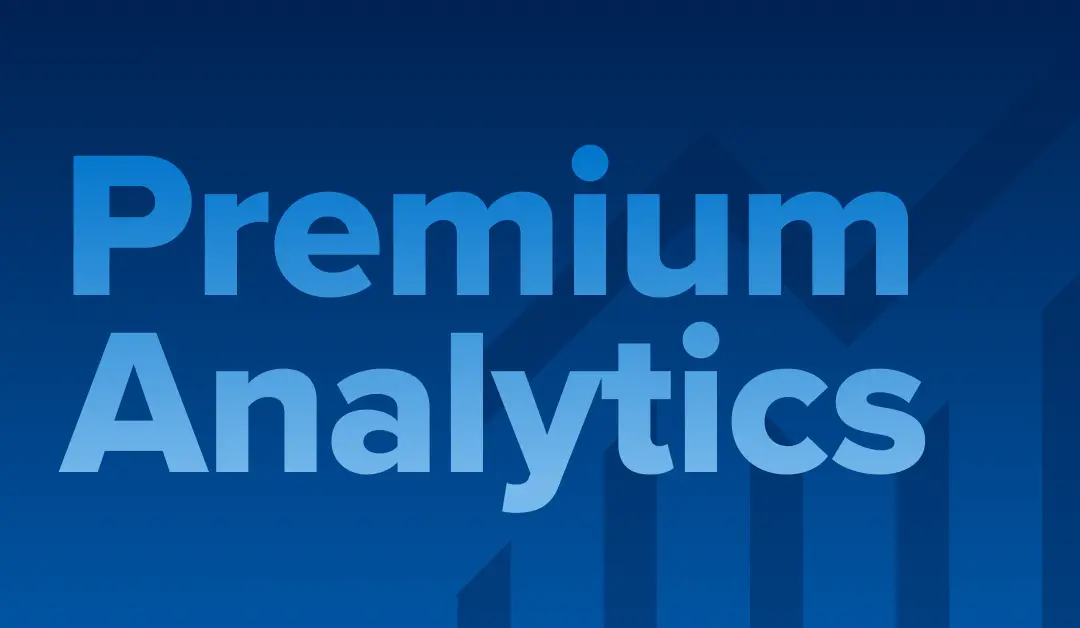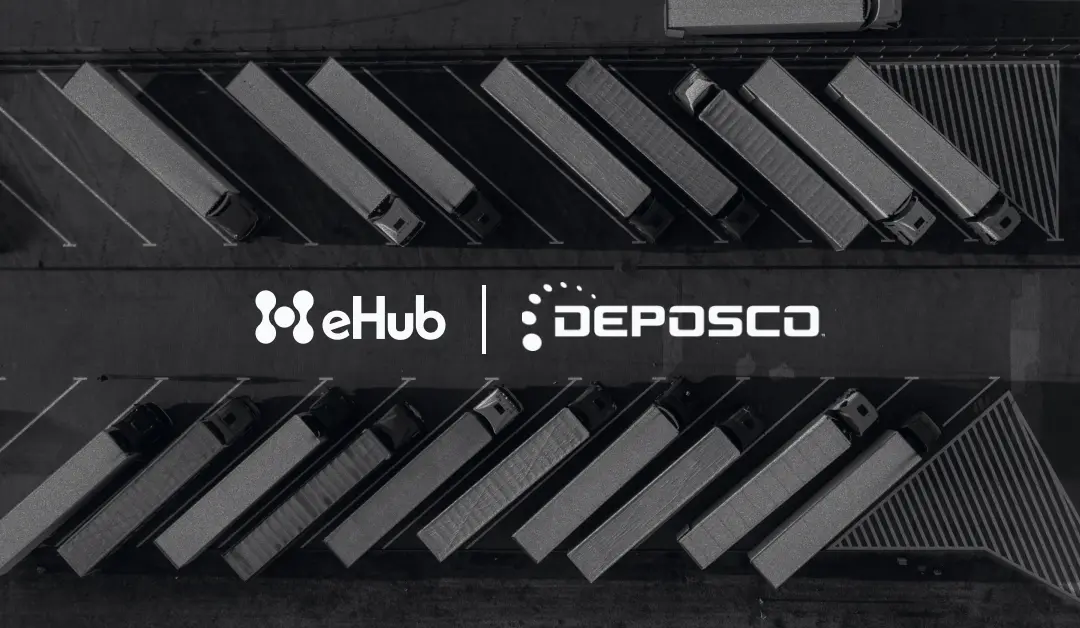Exceptions aren’t random—they’re patterns. With Exception Monitoring, plus Benchmarking and the Transit Analyzer, a simple, daily cadence pays for itself quickly.
Why exceptions get expensive (fast)
- Direct: reship labels, packaging, accessorials, refunds/discounts.
- Indirect: WISMO volume, support time, missed SLAs, churn risk.
- Opportunity: delayed cash conversion, slower repeat purchase velocity.
Quick model (swap your numbers): 2.5% exception rate × 25,000 shipments/mo × $17.40 avg cost ≈ $10,875/mo. Reduce to 1.8% → ~$3,950/mo saved.
The proactive monitoring playbook
1) Instrument the core signals
- Spend (trend + daily): Surface service changes, address issues, packaging surcharges.
- Shipping Zones: See where delays and handoff problems cluster.
- Packages Overview: Oversized/fragile mixes often drive damages—standardize SKUs.
- Volume context: Peaks stress networks; troughs exaggerate variance.
Tip: Use Home Dashboard time-range filters to isolate promos/carrier changes; export for the weekly review.
2) Triage like an SRE team
Tag by cause (address, damage, service miss, customs, carrier-held), set severities and recovery windows (e.g., 24h refund, 48h reship), assign owners, and maintain a single exception log.
3) Fix the repeat offenders
Tighten packaging by SKU, adjust pickup cutoffs/staging, improve address hygiene upstream, and shift service-level/carrier in problem zones.
4) Verify the improvement
Run a 14-day A/B (zone/SKU/service). Publish before/after vs. a 90-day baseline and watch Spend (daily) for regression.

The views that make this easy
- Shipping Zones → find hotspots; prioritize 2–3 fixes.
- Packages Overview → tie damages to SKUs/sizes; standardize the top 5.
- Shipment Spend (daily) → prove the curve is bending.
- Home Dashboard (filters + export) → single export for your review.
Example
A DTC brand sees rising WISMO in Zones 5–6. Zones show longer transit; Packages show an oversize SKU spike. They swap to a crush-tested box and stage earlier for pickup. Result: −28% exceptions in 30 days, ~$4.1k/mo modeled savings, CSAT recovers.
Cadence that works
- Daily (10 min): Exceptions trend + top zone; scan Spend (daily).
- Weekly (30 min): Deep-dive one root cause; assign next experiment.
- Monthly (45 min): Publish ROI (savings, CSAT, repeat rate); refresh the 90-day baseline.
Wrap-up
Premium Analytics gives your team a single, trusted lens on performance—combining Benchmarking, a Transit Analyzer, and Exception Monitoring with daily-level detail, zone/regional views, and exportable snapshots. Instead of chasing anecdotes, you’ll run evidence-based standups and QBRs, hold carriers accountable with shared SLAs, and spot cost drivers before they swell into problems. Finance gains clarity on CPS and variance; Ops gets the signal to right-size labor and packaging; CX sees where exceptions start and how fixes land. It’s not another report—it’s a repeatable cadence for lower costs, higher on-time rates, and fewer fire drills.




